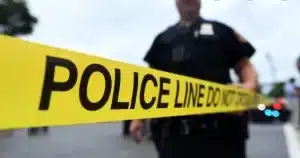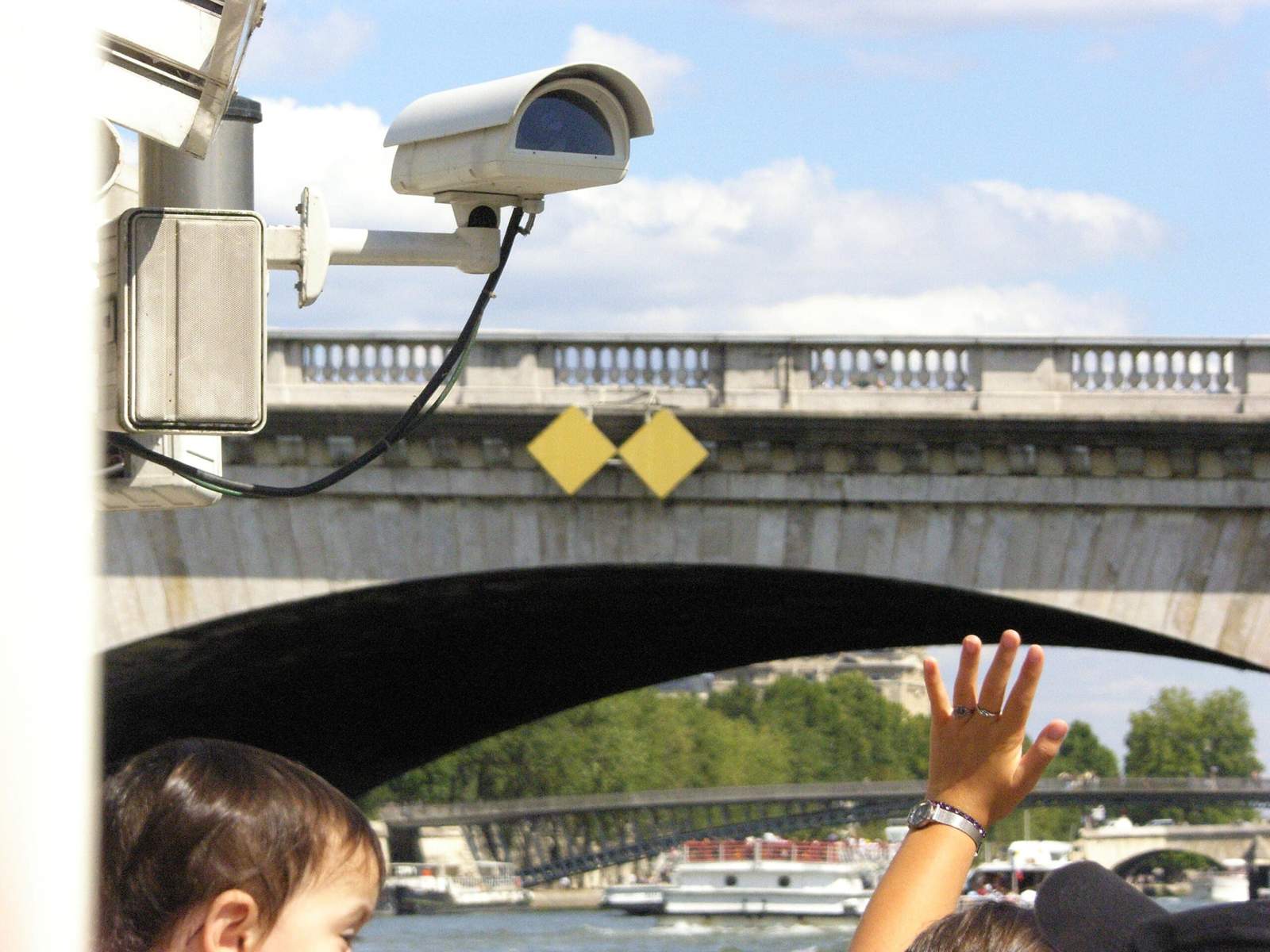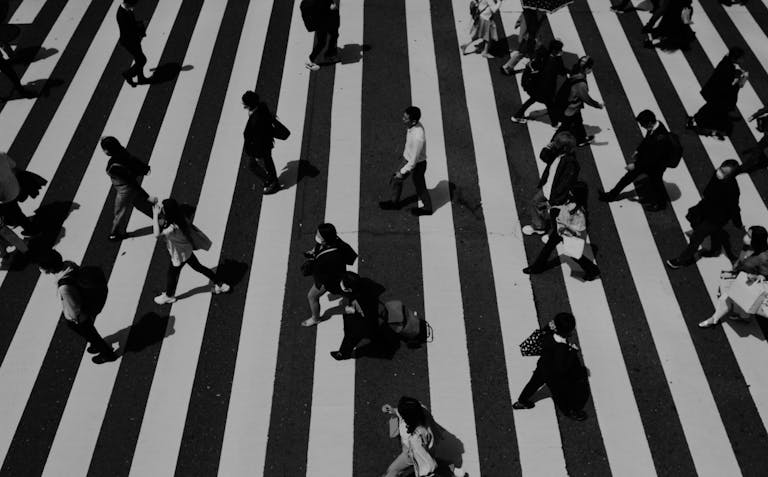Police Distribution, and Crime Response: A Comprehensive Analysis
In our current era, we live in a world that is witnessing a continuous increase in cases of violence and crime, and with the increase of these incidents, comes questions regarding the extent of the police’s response and the time in which they respond to matters. When we hear about incidents of gun attacks in schools or public gatherings, one question always comes to mind: “Why did the police take so long to respond?” This inquiry reflects a common trend towards a topic worthy of thought and research.
Have you ever asked yourself when you see incidents of assault with weapons on television and newscasts, why the police are late in responding to some incidents?
This article aims to explore the relationship between the location of the police and their ability to effectively respond to incidents of gun assault and violent crime in cities. We’ll look at how the distribution of police stations and city layout can have a significant impact on how late or quickly police respond to these traumatic events. We will analyze multiple factors that influence this relationship, from the distribution of security centers to the design of prisons and the social and urban factors that play a role in this context.
Through this research, we will seek to better understand how police deployment and city planning can be improved to ensure a better and faster response to incidents of violence and crime in the future. We will explore measures and suggestions that can be adopted to enhance public safety and protect communities from these traumatic events.
Let’s begin to explore how police distribution affects their response to crime and incidents in cities.
Delayed police response and public questions about the role of architecture and urban planning
When we talk about delayed police response to incidents of crime and violence, it becomes necessary to explore how the geographical distribution of police forces can play an important role in this context. This analysis begins by considering common public questions about delayed police response and the factors associated with it.
2.1. Impact of geographical distribution of police stations: Working to understand how police stations are distributed in a city can play a large role in response time. This could include studying the locations of police stations and how they might affect police access to certain areas in a timely manner.
2.2. Architecture and Urban Planning: The influence of city planning and architecture on police response to crime has a direct impact. Factors such as population density, commercial areas, and crowded public places can be challenges to police response. It must be analyzed how the design of buildings and the layout of areas affects the time and speed of police response.
2.3. Need to reconsider planning and architecture: It is necessary to consider how city planning and architecture can be improved to improve police response. Solutions could include directing more attention to the locations of police stations in areas with high rates of crime or accidents.
2.4. The relationship between policing and public safety: Readers should realize that policing has a significant impact on public safety. Poor geographical distribution of police response can affect the safety of citizens and the public in general.

City planning and police distribution
City planning is a critical element that affects police response to crimes and incidents. Cities must balance economic, social and environmental factors to ensure public safety and stability. In this context, urban planning concepts can be applied to improve police response and increase safety in cities.
Important aspects of city planning that must be taken into account are:
• Distribution of security stations: The locations of police stations should be directed based on population density and crime rates in different areas. Geospatial analysis studies can contribute to identifying strategic locations.
• Access and mobility: Urban planning must be compatible with providing efficient transportation for police to quickly reach crime areas.
• Community participation: Urban planning can encourage communication between local authorities and the community to improve cooperation in the fight against crime.
• Safe public places: Public places must be designed in a way that contributes to crime prevention, with attention paid to lighting and environmental design.
Prison design and distribution method in urban architecture
The design and distribution of prisons in urban architecture plays an important role in improving police response and increasing safety. Prison design can contribute positively to the management of crime and potential casualties. In this context, several aspects can be explored:
• Location of prisons: The location of prisons must be sustainable and compatible with urban architecture. Choosing suitable locations can reduce transportation costs and quickly respond to crimes within prisons.
• Prison design: Prisons can be designed in ways that contribute to public safety, including the use of modern technologies to monitor prisoners and prevent escape.
• Adapting to the needs of the city: Prisons can be designed in a way that takes into account the needs of the city and the surrounding community.
By using urban planning concepts in police deployment and prison design, police responsiveness can be enhanced and public safety in cities can be improved.

Age, crime and conditional distribution
Age group and age are important factors in analyzing crime and police distribution in cities. Research shows that there is a direct effect of age and age group on crime rates in urban areas. For example, areas with a youth density can be more prone to crime.
Accordingly, the police must direct their efforts and allocate their resources strategically based on these factors. This could include increased security patrols in areas with dense youth populations and increased police presence in schools and places that are potential targets of attacks.
In addition, urban planning can have a significant impact on these factors. For example, directing investments into youth areas and providing recreational and educational activities in those areas can effectively reduce crime rates.
Distribution of security patrols and urban planning
Distribution of security patrols is a crucial factor in achieving public safety in cities. The police must direct their efforts based on a careful analysis of areas that need a greater security presence. Urban planning can play a big role in determining the locations of these patrols.
For example, in densely populated areas with the highest crime rates, police presence and security patrols should be increased. The use of advanced technology such as cameras and surveillance systems should also be considered to increase security awareness and better target efforts.
In conclusion, this research shows the complex relationship between police deployment and city planning and how police response to crime incidents and assaults can be improved through strategic thinking and good direction of resources. This thinking must be integrated into urban planning to ensure public safety and improve the quality of life in cities.







